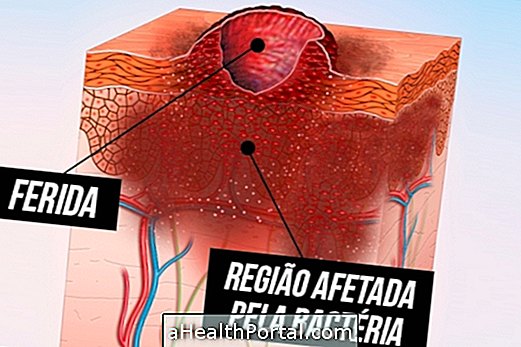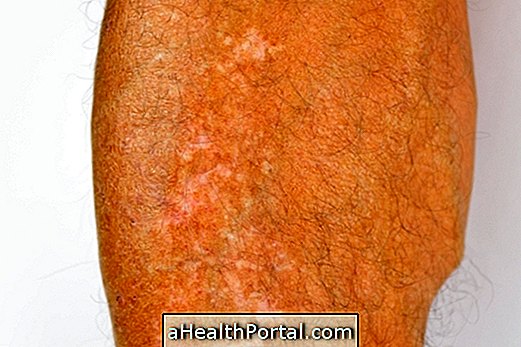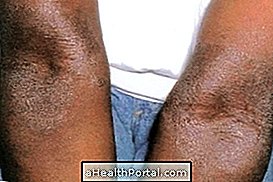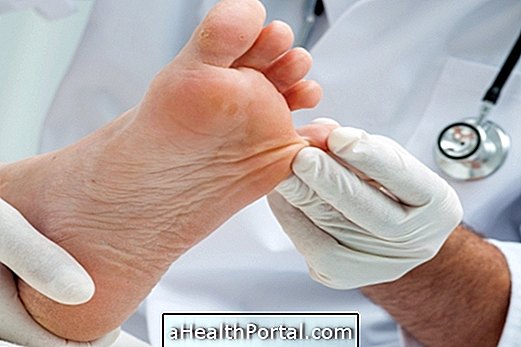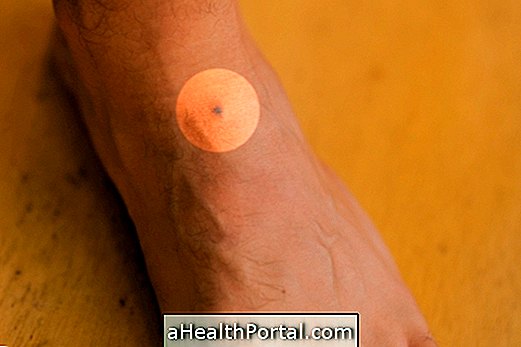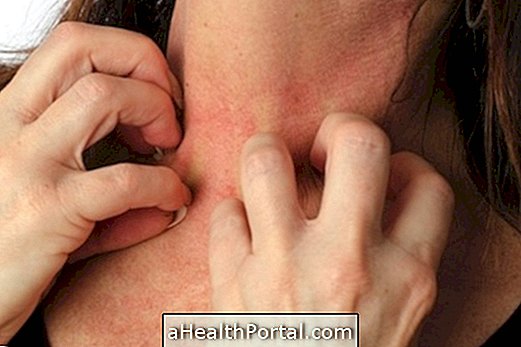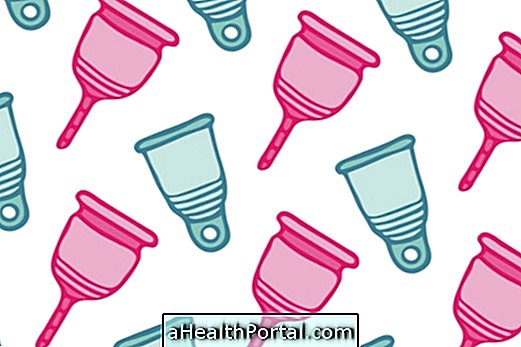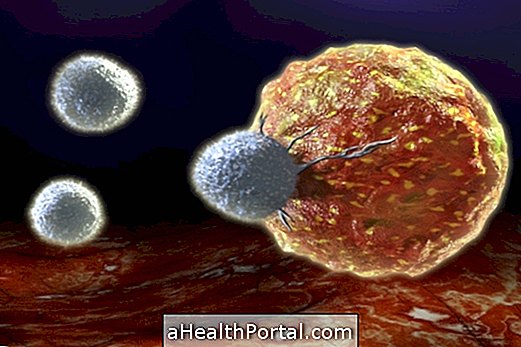Vitiligo is a disease that causes loss of skin color due to the death of cells that produce melanin. Thus, as it develops, the disease causes whitish patches all over the body, especially in the hands, feet, knees, elbows and the intimate region, and although it is more common in the skin, vitiligo can also affect other sites with pigment, such as the hair or the inside of the mouth, for example.
Although its cause has not yet been clarified, it is known to be related to changes in immunity, and can be triggered by situations of emotional stress. It should be remembered that vitiligo is not contagious, however, it may be hereditary and be more common among members of the same family.
Vitiligo has no cure, however, there are several forms of treatment that help improve the appearance of the skin, reducing inflammation of the site and stimulating repigmentation of the affected regions, such as immunosuppressants, corticosteroids or phototherapy, for example, guided by the dermatologist.
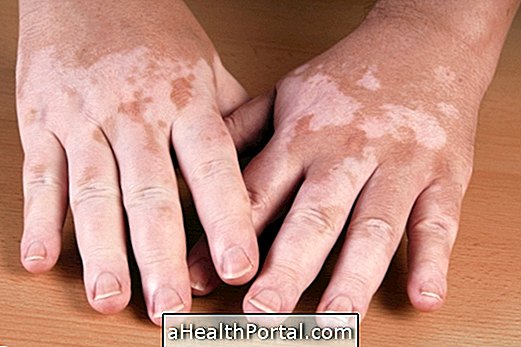
What can cause
Vitiligo arises when melanin-producing cells, called melanocytes, die or fail to produce melanin, which is the pigment that gives color to the skin, hair, and eyes.
Although there is still no specific cause for this problem, doctors believe it may be related to:
- Problems that affect the immune system, causing it to attack the melanocytes, destroying them;
- Heritable diseases that pass from parents to children;
- Skin lesions such as burns or exposure to chemicals.
In addition, some people can trigger the disease or worsen the lesions after a period of stress or emotional trauma.
Vitiligo paste?
Since it is not caused by any micro-organism, vitiligo does not pick up and therefore there is no risk of contagion when it touches the skin of a person with the problem.

How to identify
The main symptom of vitiligo is the appearance of whitish spots in places more exposed to the sun, such as hands, face, arms or lips, and usually appears as a small and unique spot that can increase in size and quantity if treatment is not performed. Other signs include:
- Hair or beard with white spots before age 35;
- Loss of color in the lining of the mouth;
- Loss or color change in some eye sites.
These symptoms occur more frequently before the age of 20, but can appear at any age and on any skin type, although it is more common in people with darker skin.
How is the treatment done?
The treatment for vitiligo should be guided by a dermatologist because it is necessary to test various forms of treatment, such as phototherapy or application of creams and ointments with corticosteroids and / or immunosuppressants, to understand the best option in each case.
In addition, it is still important to take some care how to avoid excessive sun exposure and use a sun protector with a high protection factor because the affected skin is very sensitive and can burn easily. Get to know one of the medicines most used in the treatment of this skin problem.
